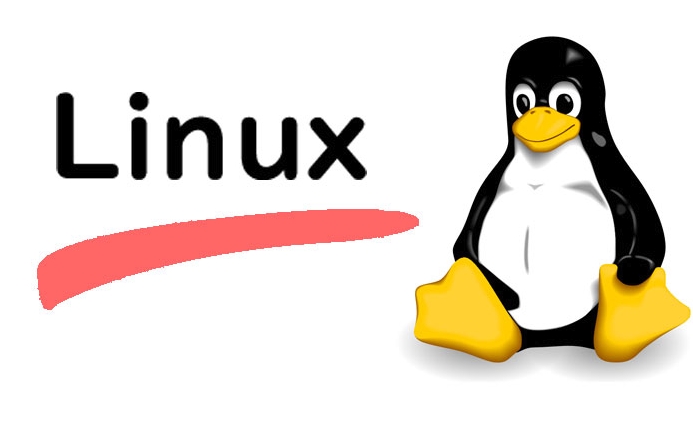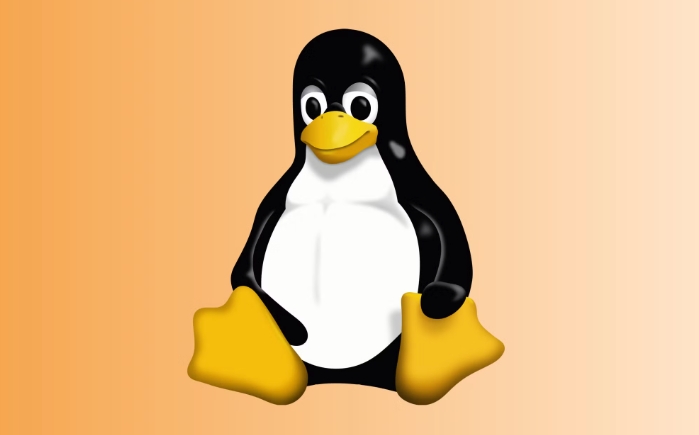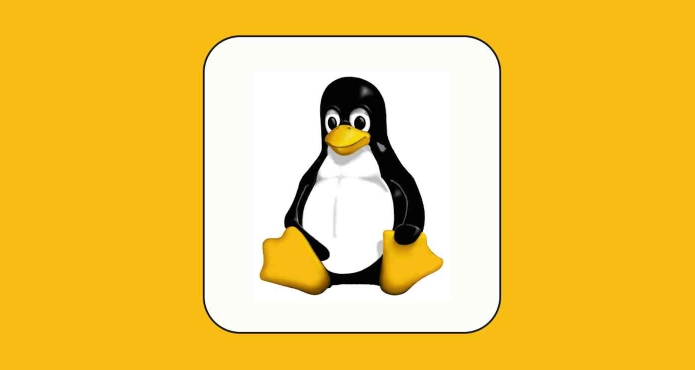The steps to install Linux and Windows 11 dual systems are as follows: 1. Reserve at least 20GB of space and create unallocated space through disk management; 2. Back up important data just in case; 3. Use Rufus to create a boot USB flash drive and select a GPT partition plan; 4. Enter the BIOS to set the USB flash drive as the first boot item; 5. Select "Install Linux alongside Windows 11" during installation to automatically identify unallocated space; 6. If you partition manually, be careful not to delete the Windows partition, and set the root, switch and home directory partition reasonably; 7. Install the boot loader to the main hard disk to ensure that the boot menu is displayed normally; 8. If the boot menu does not appear after installation, you can run commands in Windows to repair it; 9. Update the system in time and install the graphics card driver; 10. If the time error occurs, you can adjust the time standards for Windows or Linux to be unified. The entire process needs to be operated with caution, especially in the partitioning stage, but as long as the steps are executed, the dual systems can coexist without error.

Installing dual systems with Linux and Windows 11 is not complicated, and you can complete it smoothly by paying attention to a few key steps. Many people want to try Linux, but don’t want to give up Windows. At this time, installing two systems on one computer is a good choice.

Preparation: Back up data and divide space
Before you start, it is most important to make sure your Windows system disk has enough free space to install Linux. It is usually recommended to reserve at least 20GB, and if you plan to use more Linux, you can leave more.

- Backing up important data : Although there may not be any problems in the entire process, it is best to back up your personal files in advance for safety reasons.
- Use the Disk Management Tool to separate unallocated space :
- Press
Win Xand select Disk Management; - Find the partition (usually a C drive) where your system is located, right-click and select "Compressed Volume";
- Enter the size of the space to be compressed (for example, 50GB = 51200MB), and click OK to get a "unallocated" piece of space.
- Press
This step is necessary because most Linux installers automatically recognize this blank area and will not affect existing Windows partitions.
Create a boot USB drive and set the BIOS startup sequence
Next you need a Linux installation media, which is a bootable USB drive.

- Download your favorite Linux distribution ISO file (such as Ubuntu, Linux Mint, or Fedora);
- Use a tool like Rufus to write ISO to USB drive (remember to select the GPT partition scheme, suitable for UEFI startup);
- After inserting the USB flash drive, restart the computer and enter the BIOS setting interface (usually press F2, F12, Del or Esc when powering on);
- Set the USB drive as the first startup item in the Boot option and save and exit.
The motherboard shortcut keys of different brands may be different. You can search the BIOS shortcut keys for your motherboard model online.
Key Options When Installing Linux
When you boot from a USB drive and enter the Linux installation interface, the most important thing is the installation type and partition method.
During the installation process, you will encounter an option: " Install Linux alongside Windows 11 ", which is the most recommended way for beginners to choose. It will automatically use the unallocated space you compressed before for installation and will not touch Windows content.
If you choose "Something else" to manually partition (required only by advanced users), please pay special attention:
- Do not delete or format the partition where Windows resides (usually /dev/sda1 or similar);
- Creating root partition (/), swap partition (swap) and home directory partition (/home) can be set according to requirements;
- The boot loader installation location is generally the default choice for the main hard disk (such as /dev/sda), otherwise it may not start.
After the installation is complete, you will see a boot menu with the option to enter Linux or Windows.
Frequently Asked Questions and Precautions
The startup menu does not appear?
It may be because the boot is not installed correctly, or that Windows is still booted in the BIOS. You can try to fix it by running a command prompt as an administrator in Windows and enteringbcdedit /set {bootmgr} path \EFI\ubuntu\shimx64.efi(for Ubuntu).Is the resolution wrong or the driver missing?
After installing the system, it is recommended to update the software source and install the graphics card driver as soon as possible, especially for NVIDIA graphics card users.Time display error?
Windows and Linux use different time standards by default (Windows is local time and Linux is UTC), and the two can be unified by modifying the registry or Linux configuration.
Basically that's it. The whole process is not too difficult, but you need to pay attention to details, especially when operating partitions. Just follow the steps, the dual-system experience of Linux and Windows will not conflict.
The above is the detailed content of How to install Linux alongside Windows 11?. For more information, please follow other related articles on the PHP Chinese website!

Hot AI Tools

Undress AI Tool
Undress images for free

Undresser.AI Undress
AI-powered app for creating realistic nude photos

AI Clothes Remover
Online AI tool for removing clothes from photos.

Clothoff.io
AI clothes remover

Video Face Swap
Swap faces in any video effortlessly with our completely free AI face swap tool!

Hot Article

Hot Tools

Notepad++7.3.1
Easy-to-use and free code editor

SublimeText3 Chinese version
Chinese version, very easy to use

Zend Studio 13.0.1
Powerful PHP integrated development environment

Dreamweaver CS6
Visual web development tools

SublimeText3 Mac version
God-level code editing software (SublimeText3)
 How to troubleshoot DNS issues on a Linux machine?
Jul 07, 2025 am 12:35 AM
How to troubleshoot DNS issues on a Linux machine?
Jul 07, 2025 am 12:35 AM
When encountering DNS problems, first check the /etc/resolv.conf file to see if the correct nameserver is configured; secondly, you can manually add public DNS such as 8.8.8.8 for testing; then use nslookup and dig commands to verify whether DNS resolution is normal. If these tools are not installed, you can first install the dnsutils or bind-utils package; then check the systemd-resolved service status and configuration file /etc/systemd/resolved.conf, and set DNS and FallbackDNS as needed and restart the service; finally check the network interface status and firewall rules, confirm that port 53 is not
 Install Guacamole for Remote Linux/Windows Access in Ubuntu
Jul 08, 2025 am 09:58 AM
Install Guacamole for Remote Linux/Windows Access in Ubuntu
Jul 08, 2025 am 09:58 AM
As a system administrator, you may find yourself (today or in the future) working in an environment where Windows and Linux coexist. It is no secret that some big companies prefer (or have to) run some of their production services in Windows boxes an
 How to Install NodeJS 14 / 16 & NPM on Rocky Linux 8
Jul 13, 2025 am 09:09 AM
How to Install NodeJS 14 / 16 & NPM on Rocky Linux 8
Jul 13, 2025 am 09:09 AM
Built on Chrome’s V8 engine, Node.JS is an open-source, event-driven JavaScript runtime environment crafted for building scalable applications and backend APIs. NodeJS is known for being lightweight and efficient due to its non-blocking I/O model and
 How to find my private and public IP address in Linux?
Jul 09, 2025 am 12:37 AM
How to find my private and public IP address in Linux?
Jul 09, 2025 am 12:37 AM
In Linux systems, 1. Use ipa or hostname-I command to view private IP; 2. Use curlifconfig.me or curlipinfo.io/ip to obtain public IP; 3. The desktop version can view private IP through system settings, and the browser can access specific websites to view public IP; 4. Common commands can be set as aliases for quick call. These methods are simple and practical, suitable for IP viewing needs in different scenarios.
 System requirements to install linux
Jul 20, 2025 am 03:49 AM
System requirements to install linux
Jul 20, 2025 am 03:49 AM
Linuxcanrunonmodesthardwarewithspecificminimumrequirements.A1GHzprocessor(x86orx86_64)isneeded,withadual-coreCPUrecommended.RAMshouldbeatleast512MBforcommand-lineuseor2GBfordesktopenvironments.Diskspacerequiresaminimumof5–10GB,though25GBisbetterforad
 How to Install MySQL 8.0 on Rocky Linux and AlmaLinux
Jul 12, 2025 am 09:21 AM
How to Install MySQL 8.0 on Rocky Linux and AlmaLinux
Jul 12, 2025 am 09:21 AM
Written in C, MySQL is an open-source, cross-platform, and one of the most widely used Relational Database Management Systems (RDMS). It’s an integral part of the LAMP stack and is a popular database management system in web hosting, data analytics,
 Ubuntu 25.04 'Plucky Puffin”: A Bold Leap Forward with GNOME 48 and HDR Brilliance
Jul 12, 2025 am 09:28 AM
Ubuntu 25.04 'Plucky Puffin”: A Bold Leap Forward with GNOME 48 and HDR Brilliance
Jul 12, 2025 am 09:28 AM
Ubuntu has long stood as a bastion of accessibility, polish, and power in the Linux ecosystem. With the arrival of Ubuntu 25.04, codenamed “Plucky Puffin”, Canonical has once again demonstrated its commitment to delivering a
 How to Install MongoDB on Rocky Linux and AlmaLinux
Jul 12, 2025 am 09:29 AM
How to Install MongoDB on Rocky Linux and AlmaLinux
Jul 12, 2025 am 09:29 AM
MongoDB is a high-performance, highly scalable document-oriented NoSQL database built to manage heavy traffic and vast amounts of data. Unlike traditional SQL databases that store data in rows and columns within tables, MongoDB structures data in a J






